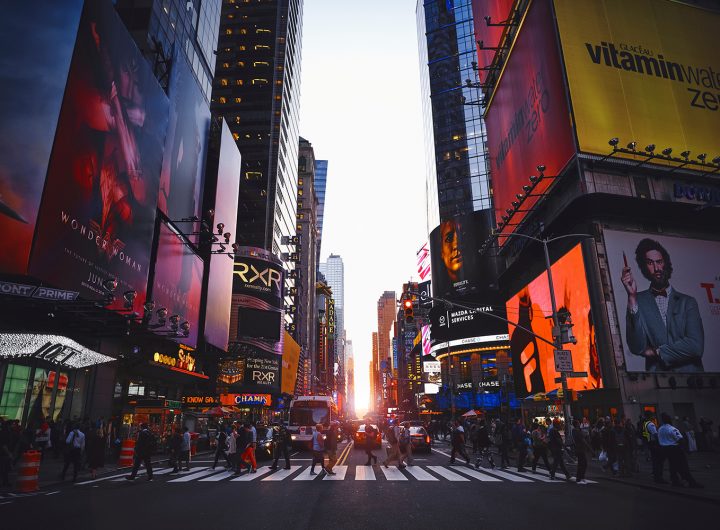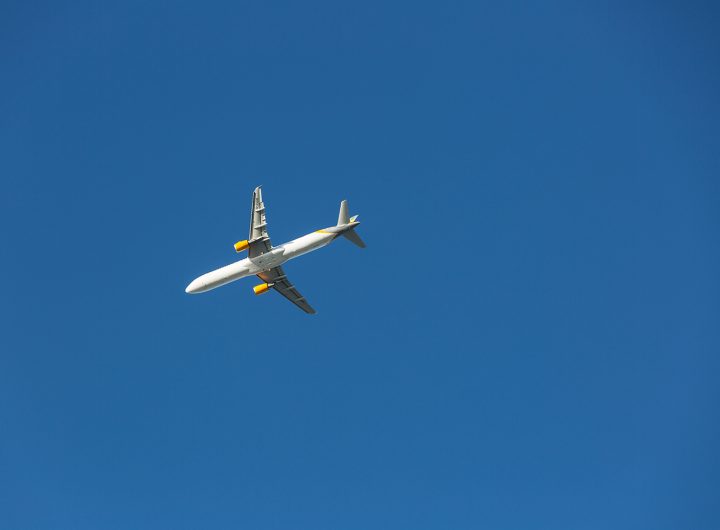- This topic is empty.
-
AuthorPosts
-
14/04/2025 at 14:45 #6808
When planning an outdoor adventure, the excitement of exploring nature often overshadows the critical decision of where to set up camp. While many enthusiasts focus on finding the perfect scenic spot, it is equally important to recognize areas that are unsuitable for camping. This post aims to provide a comprehensive guide on where not to set up camp, ensuring a safe and enjoyable experience in the great outdoors.
1. Proximity to Water Sources
While camping near a river, lake, or stream may seem appealing, it is essential to avoid setting up camp too close to these water sources. The risks include:
– Flooding: Heavy rain can cause water levels to rise rapidly, leading to flash floods that can endanger your safety and gear.
– Insects: Stagnant water attracts mosquitoes and other insects, which can disrupt your camping experience and pose health risks.
– Wildlife Encounters: Animals are often drawn to water sources, increasing the likelihood of unwanted encounters with bears, raccoons, or other wildlife.A safe distance of at least 200 feet from any water source is generally recommended.
2. Steep Slopes and Unstable Ground
Setting up camp on a steep slope may offer stunning views, but it also presents significant hazards:
– Landslides: Heavy rainfall or soil erosion can trigger landslides, posing a serious risk to campers.
– Injury Risks: Slippery or unstable ground can lead to falls, especially during nighttime excursions or when navigating the campsite.Opt for flat, stable ground that is at least 100 feet away from any steep drop-offs to minimize these risks.
3. Areas with High Wind Exposure
Wind can be a formidable force in the wilderness, and certain locations are more susceptible to strong gusts:
– Open Fields: While they may provide a clear view of the stars, open fields can expose campers to harsh winds that can damage tents and equipment.
– Ridge Tops: Camping on ridge tops may offer breathtaking vistas, but the wind can be relentless and dangerous.Seek sheltered areas, such as those surrounded by trees or natural formations, to provide a buffer against the wind.
4. Wildlife Trails and Nesting Areas
Understanding animal behavior is crucial when selecting a campsite. Avoid areas that are known wildlife trails or nesting sites:
– Animal Trails: Setting up camp on or near established animal trails can lead to unexpected encounters with wildlife, which may be dangerous.
– Nesting Areas: Birds and other animals may be protective of their nesting sites, and camping too close can provoke aggressive behavior.Research local wildlife patterns and choose a location that minimizes the risk of interaction.
5. Proximity to Human Activity
While some may enjoy the camaraderie of fellow campers, it is wise to avoid areas too close to human activity:
– Noise Pollution: Proximity to roads, campgrounds, or recreational areas can lead to disturbances from traffic, music, or other campers.
– Safety Concerns: Being near populated areas can increase the risk of theft or unwanted interactions with strangers.Seek remote locations that provide solitude and a true connection with nature.
6. Environmental Considerations
Lastly, consider the environmental impact of your camping location:
– Sensitive Ecosystems: Avoid camping in areas with fragile ecosystems, such as wetlands or alpine meadows, to prevent damage to native flora and fauna.
– Leave No Trace Principles: Always adhere to Leave No Trace principles, which emphasize minimizing your impact on the environment. This includes avoiding areas that show signs of overuse or degradation.Conclusion
Choosing the right campsite is a fundamental aspect of any outdoor adventure. By understanding where not to set up camp, you can enhance your safety, protect the environment, and ensure a more enjoyable experience. Always prioritize your well-being and the preservation of nature as you embark on your next journey into the wild. Happy camping!
-
AuthorPosts
- You must be logged in to reply to this topic.

 Google hit with record EU fine over Shopping service
Google hit with record EU fine over Shopping service  Business booming for giant cargo planes
Business booming for giant cargo planes  Trump-Putin: The understandable story
Trump-Putin: The understandable story